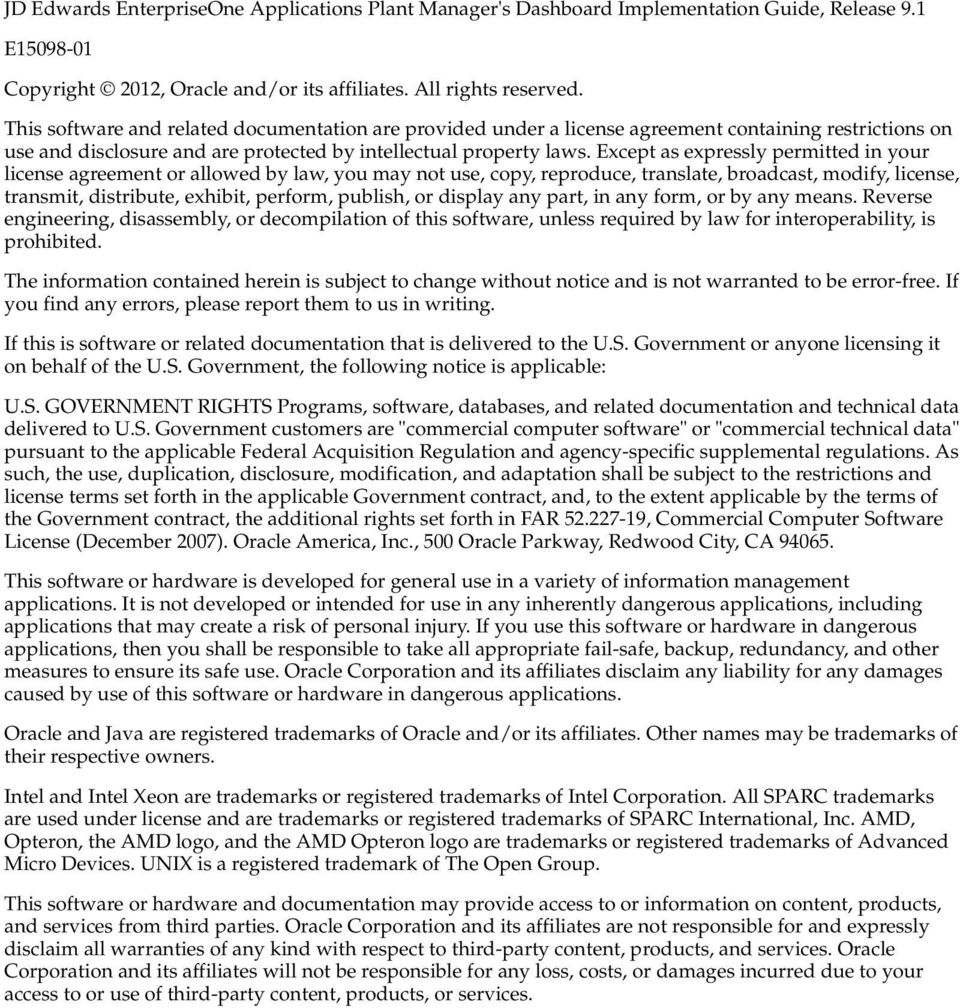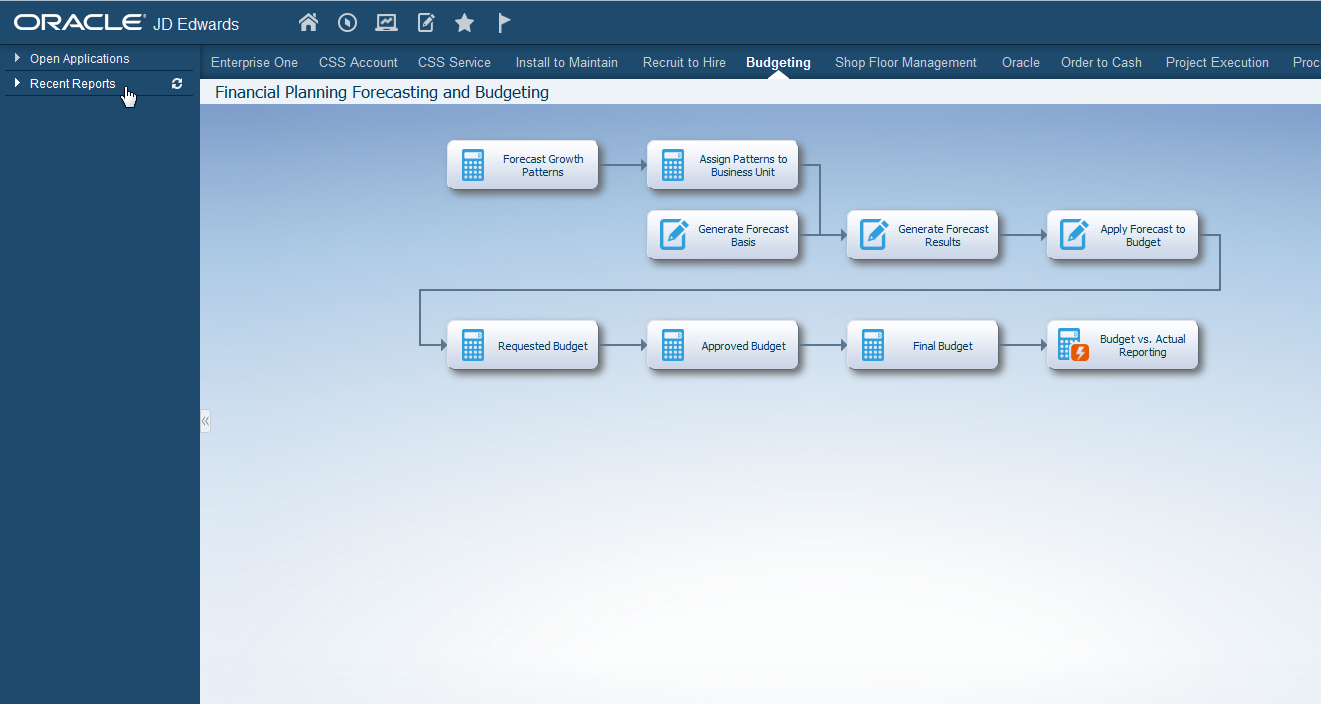
Which means you may be waiting a long time for that reporting when an executive is depending on it. Your team understands what it is looking for, but your IT team and data analysts might not. Given JD Edwards’s back-end complexity (the tables, for example), it’s unlikely that your team will be able to create the ad hoc report you need independent of IT. While you may have a set of standardized reports that work well for your team, what about when you need to do research into errors, or investigate discrepancies? Finance teams are bombarded with one-off requests for information throughout the month some of these are from finance leaders, others from different departments across the business. By preparing for this need, your finance team can offset the disruptions and stress involved in last-minute requests and investigation.Ĥ – Do you need flexible, ad hoc reporting? The only way to address this without completely disrupting the finance cycle is to have real-time access to the right data on-demand, and in the right format. It’s not good enough to wait for period close to find out net gain did not meet objectives or see declining trends with no way to recoup. This is becoming an essential part of a finance team’s requirements as business cycles increase in speed and volatility. Many finance teams are challenged by demands from executives as well as other departments to deliver status reporting between periods, requiring the ability to find and fix reconciliation and data integrity issues throughout the month to help shorten the close cycle. How easy is it to report across multiple and disparate cost centers? How much work goes into reconciling financial data during or after a merger or acquisition? If you have migrated to a newer version of JD Edwards, how has that affected your reporting? The table structure and fields are not the same across these systems, but you may be required to report across all of them as transitions like these could take months.ģ – Do you need real-time data for interim reporting and to shrink close cycles? Your financial reporting needs to take all of this into account.


Many of them are in the middle of digital transformations affecting their systems and environments. Most enterprises are not one-size-fits-all: They incorporate multiple systems, multiple processes, and sometimes multiple companies. By creating a report list with the description of the data needed for each, you can begin to standardize the data requirements, the formatting, and the timing required so that you can streamline your reporting process to ease data demands and speed report delivery.Ģ – Are you reporting across consolidated data? In these cases, you need the flexibility to find the right data, as well as deliver it in a format your executives and teams can understand and act on.

In addition to period closes, your finance team might need to run reports such as Margin Analysis, Cash Flow Modeling, Customer Profitability Analysis, Sub-Ledger Reconciliation, Financial Consolidation, Project Management Reporting, As-of Inventory, and Sales Reporting. But how can finance departments provide this kind of information at speed? To help sort this out, we’ve outlined five key questions to ask yourself regarding your reporting that might help reduce your stress and speed JD Edwards reporting processes.įinancial reporting on JD Edwards data covers a lot of ground. They pointed out the need for analytics to improve business insights in a fast-changing economic environment. Ready to Navigate Financial Reporting in JD Edwards with Ease? View Whitepaper NowĪccording to a recent survey by the Hackett Group, 90 percent of finance respondents rated improving enterprise data and analytics capabilities as highly important or even critical. Dynamics 365 Finance and Supply Chain Management.


 0 kommentar(er)
0 kommentar(er)
